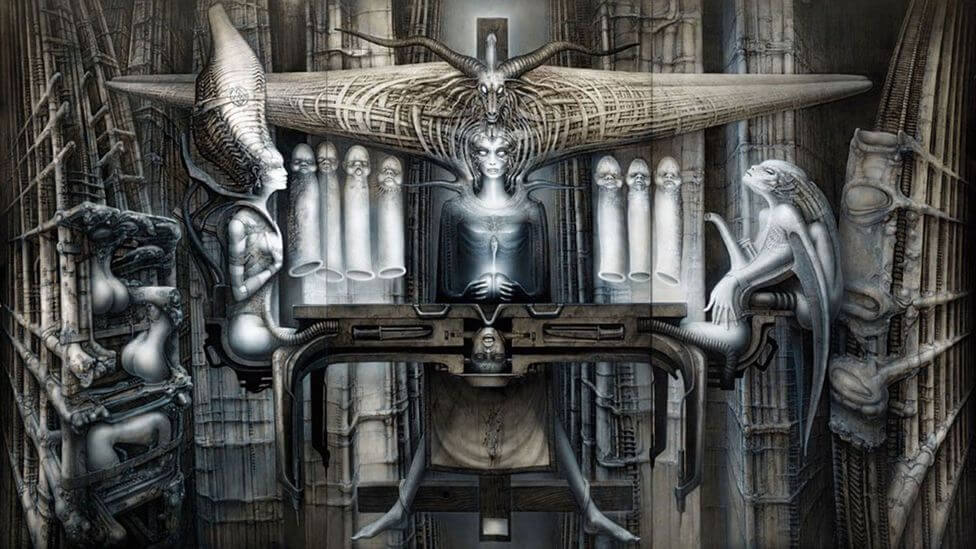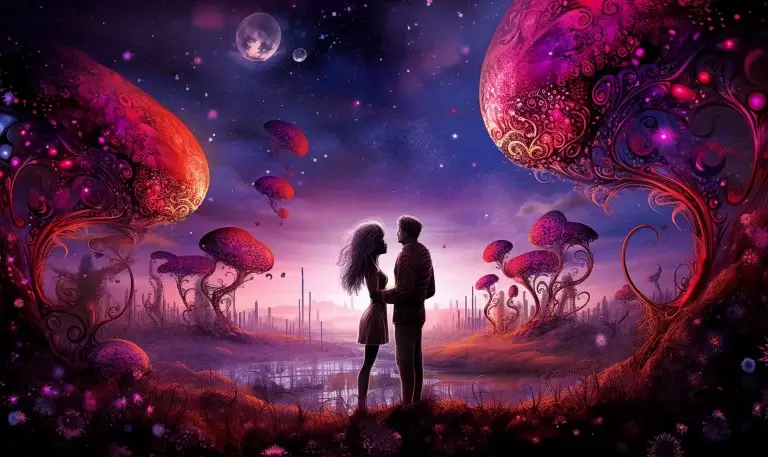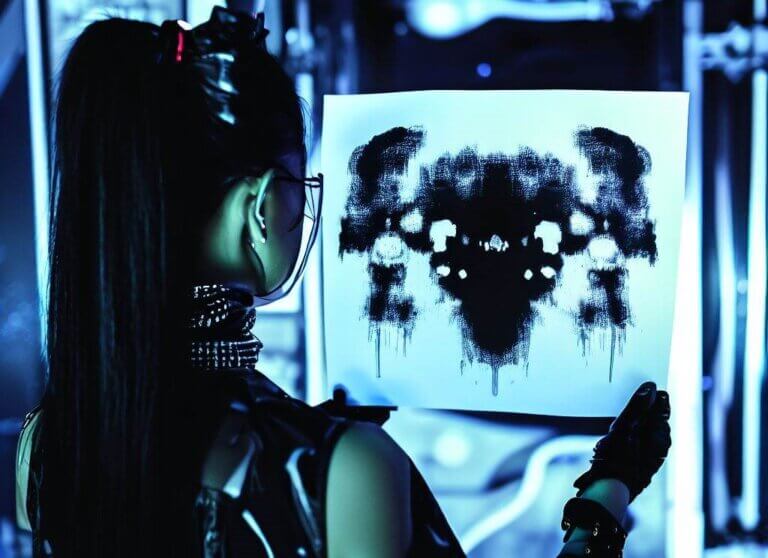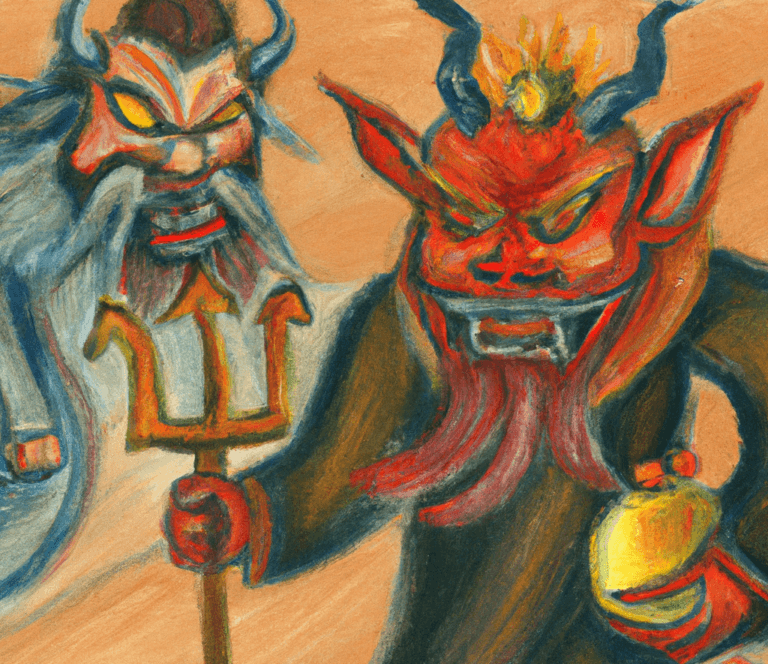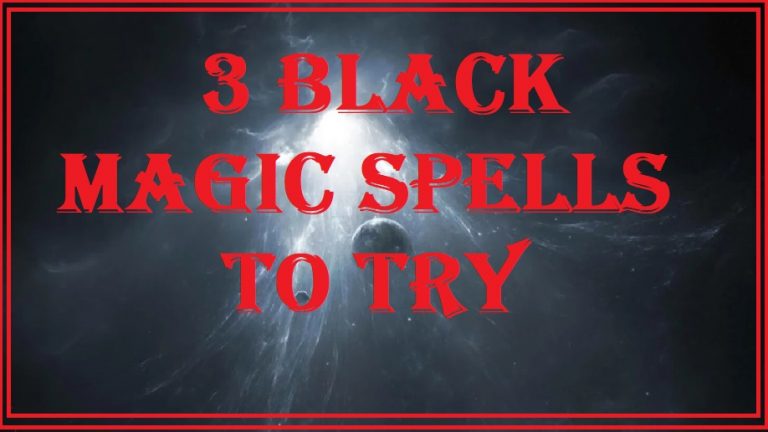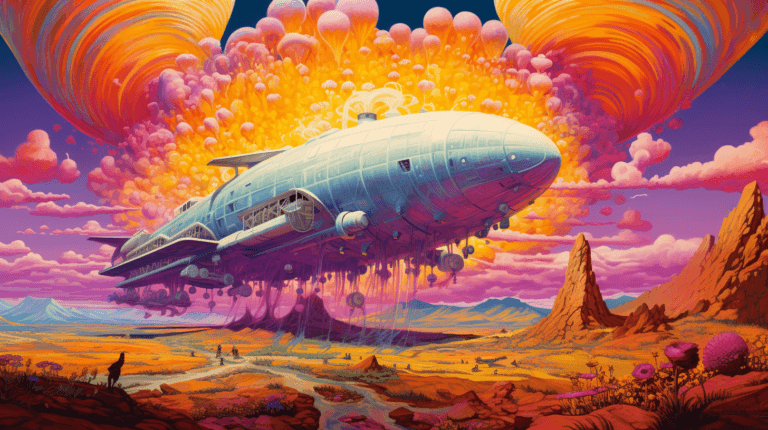The Intricate Connection between H.R. Giger and Aleister Crowley: Exploring the Dark Nexus of Art and Occult
The worlds of art and the occult have long held a mysterious allure, drawing the fascination of countless individuals seeking to unravel the enigmatic links between creativity and esotericism. In the realm of surrealistic and macabre art, the name H.R. Giger stands as a towering figure, renowned for his distinct visual language and nightmarish biomechanical creations. Equally captivating is the figure of Aleister Crowley, the notorious occultist, poet, and mystic, who left an indelible mark on the esoteric tradition of the 20th century. Although born in different eras and pursuing different artistic and spiritual paths, a compelling connection can be found between Giger and Crowley, leading us into a labyrinth of symbolism, darkness, and the exploration of the human psyche.
Early Influences and Background:
To understand the link between H.R. Giger and Aleister Crowley, it is crucial to delve into their respective backgrounds and influences. Giger, born on February 5, 1940, in Chur, Switzerland, grew up surrounded by the stark beauty of the Swiss Alps. His childhood was marked by a fascination with death, the macabre, and a profound interest in art and fantasy. This early fascination laid the groundwork for the development of his unique artistic style.
On the other hand, Aleister Crowley, born on October 12, 1875, in Royal Leamington Spa, England, manifested an early curiosity for the occult and esotericism. Embracing a rebellious nature and a thirst for knowledge, Crowley became a prolific writer, poet, and philosopher, earning him the title of “The Great Beast 666” and founding his own mystical order, the Ordo Templi Orientis (OTO).
Dark Symbolism and the Exploration of the Subconscious:
Both Giger and Crowley shared an unflinching fascination with exploring the realms of the subconscious mind. Giger’s art, often described as biomechanical or surrealistic, delved into the depths of human fears, sexuality, and the fusion of organic and mechanical elements. His most famous creation, the xenomorph from the “Alien” franchise, exemplifies his ability to tap into collective fears and project them onto the silver screen.
Likewise, Crowley’s occult writings and rituals sought to access hidden dimensions of consciousness, embracing the dark aspects of the human psyche and challenging societal norms. His concept of “Magick” aimed to manipulate one’s own reality through acts of will, unveiling the untapped potential of the subconscious.
Occult Influences and the Concept of the Shadow:
Giger and Crowley’s connection deepens when exploring their shared interest in occult symbolism. Crowley’s system of magick draws from various occult traditions, including elements of Kabbalah, Hermeticism, and ancient Egyptian mythology. His exploration of the “Shadow” archetype, representing the repressed and often darker aspects of the human psyche, resonates strongly with Giger’s imagery, where haunting biomechanical forms and nightmarish landscapes embody the uncharted territories of the subconscious.
Giger’s art is rife with occult symbolism, often drawing from elements such as the Sigil of Baphomet, an inverted pentagram associated with Satanic imagery, and sexualized representations of the female form. This infusion of occult motifs aligns with Crowley’s focus on sexuality as a path to spiritual enlightenment and the utilization of symbolism to unlock hidden layers of meaning.
Personal Encounters and Crossroads:
The connection between Giger and Crowley extends beyond shared themes and symbolism. In the late 1960s, Giger encountered a replica of Crowley’s “Thoth Tarot” deck while staying in a friend’s house. The striking imagery deeply captivated him, leaving an indelible mark on his artistic journey. Giger’s fascination with the occult and Crowley’s influence is evident in his book “Necronomicon,” which borrowed its name from the fictional grimoire created by H.P. Lovecraft but featured Giger’s own haunting illustrations.
Moreover, Giger’s exploration of the dark corners of the human psyche resonated with Crowley’s belief in the transformative power of confronting one’s fears and breaking societal taboos. The artists’ shared rejection of conventional norms and their fearless exploration of the taboo connected them on a profound level.
Legacy and Influence:
H.R. Giger and Aleister Crowley’s enduring influence can be felt across various artistic, literary, and occult spheres. Giger’s art has left an indelible mark on the science fiction genre, reshaping the depiction of otherworldly creatures and landscapes. His visual contributions to Ridley Scott’s “Alien” (1979) garnered him an Academy Award, solidifying his status as a master of the macabre.
Crowley’s legacy, although controversial, continues to reverberate within the occult and spiritual communities. His ideas influenced prominent figures such as the musician Jimmy Page, who incorporated Crowleyan symbolism and philosophy into Led Zeppelin’s music, further bridging the gap between the arts and esotericism.
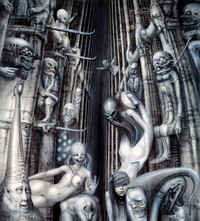
The connection between H.R. Giger and Aleister Crowley unveils a complex tapestry woven by shared themes of the subconscious, occult symbolism, and the courage to venture into the darkest recesses of the human psyche. Through their respective mediums of art and esotericism, Giger and Crowley pushed the boundaries of conventional thinking, challenging societal norms, and exploring the uncharted territories of the human experience. Their enduring legacies continue to captivate and inspire, reminding us of the profound connection between creativity, spirituality, and the hidden realms of the mind.
